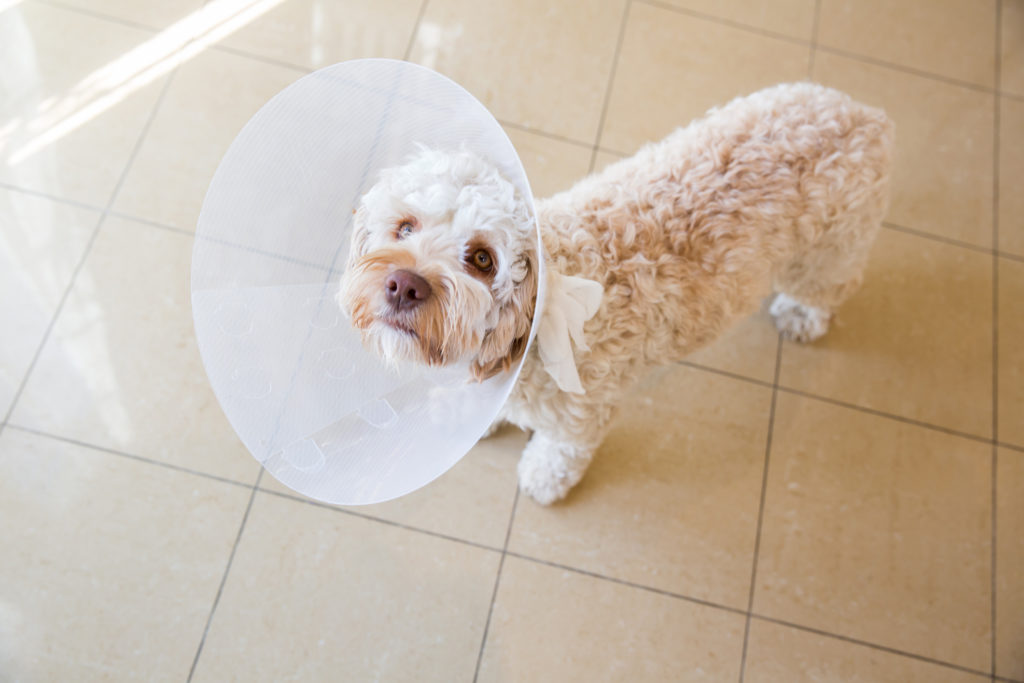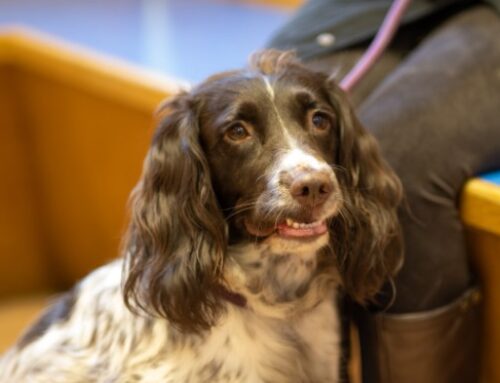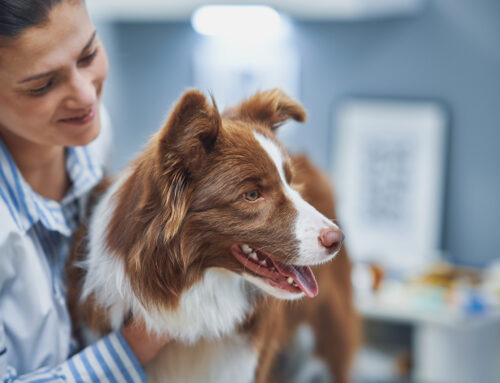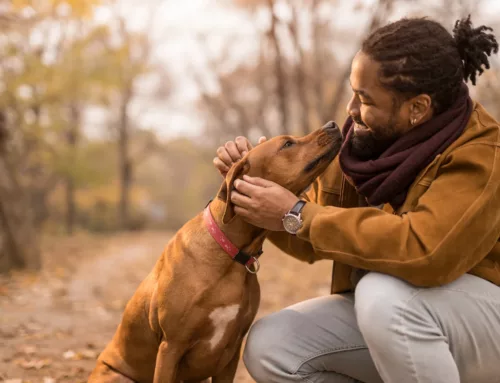If you own a pet, it’s unlikely that you heard that you should spay or neuter it. This is an important part of responsible pet ownership since it helps prevent unwanted and unnecessary reproduction in animals. At Bay Vets, we provide neutering services for your pets.
Before your pet comes in, you’ll be asked to prevent them from eating anything for several hours. This is to ensure the animal doesn’t vomit during surgery and aspirate their vomit, which can be very dangerous.
Spaying vs. Neutering
Preventing your pet from having offspring permanently is usually referred to as neutering or spaying, depending on the sex of the animal.
What is Neutering?
In most cases, neutering refers to sterilizing male dogs. Also known as castration, neutering involves removing the testicles to ensure the dog can no longer reproduce.
The procedure may be done on any male animal, but most vets prefer to work on rather young animals. They may require waiting until your pet is properly developed to prevent unnecessary side effects.
Your pet will be put to sleep with anaesthetic and given an IV, as well as a breathing tube. The vet will then create a small incision and remove the testicles, using absorbable sutures that will come away on their own.
What is Spaying?
Female dog neutering is referred to as spaying. It’s a good idea to get a female dog spayed to prevent pregnancy and it has a number of benefits, too. However, if your pet is still very young, it’s often best to wait until they have reached maturity to avoid some side effects. You should talk to your vets to determine the best time to spay your dog.
With this procedure, your pet will be put to sleep as mentioned previously. Spaying is more invasive than neutering, so the vet will need to make a larger incision to reach both the uterus and the ovaries. In some cases, only the ovaries are removed, but either way, your pet will no longer be able to have more babies.
Advantages of Pet Spay and Neuter Procedures
There are a number of reasons to ensure your pet cannot reproduce. In dogs, it usually extends their lives, since it reduces the chances of certain types of cancer. Males will avoid enlarged or infected prostates as they age and reduces the likelihood of hormone-driven diseases, as well as testicular cancer, which is sadly very common in male dogs that have not been neutered.
Since spaying and neutering removes sexual urges, your pet will be less likely to wander or try to escape to find a partner. Instead, they are usually calmer and stay home without worry. If your dog is aggressive, neutering may also be helpful to reduce aggressiveness.
Your pet may be surgically castrated if they have a medical issue, but most people prefer to prevent unwanted kittens and puppies, so they choose the procedure early on. This helps prevent stray animals and reduces the need for selling puppies. Instead, you will be able to allow your pet more freedom and not worry about dealing with litter later on.
If you have a male dog or cat that is marking territory, you will notice that they are less likely to do this once they’re neutered. In fact, they may stop altogether.
Other benefits include reduced hernia risks, lower cancer risk, and even preventing uterine infections in females. If you want to keep your pet healthy, you’ll certainly want to consider removing their mating instincts and possibilities.
Possible Downsides to Pet Spay and Neuter
Unfortunately, there is always some level of risk when it comes to your pet going in for surgery. There’s a slight possibility that there may be complications resulting in injury or death. However, these are much lower than the potential problems your pet could deal with if they go on to have multiple litters or if they develop cancer of their reproductive organs.
For larger breeds, it’s important to evaluate the risks with the benefits. If these dogs have their surgery before they have completed their bone growth, they run a much higher risk of cruciate ligament tears in the future. This may require waiting a little longer to perform the procedure.
Females also tend to gain quite a bit of weight after spaying. The procedure drops the metabolism, which can mean it requires more exercise and a carefully regulated diet to prevent her from putting on too much weight. Avoid obesity by taking good care of your dog.
You don’t have to worry about your dog changing their personality, however. While it may temper some types of aggression, your dog or cat should be the same loveable creature they were before their surgery.
After the Procedure: What to Expect
Your pet will be groggy after the procedure and your vet may need to keep them under observation for some time. However, they will be allowed to go home with you fairly soon.
During the recovery period, your pet should be kept quiet. Excessive exercise and excitement can cause the wound to reopen and stitches may come undone. In most cases, it is recommended that you wait 5-10 days for your pet to get back to regular activities.
During this time, you will likely need to have your pet wear a cone or special collar to prevent them from licking their wound or biting at the stitches. These can be annoying to the pet but are necessary. You may find that your pet is downcast and uninteresting in playing because they dislike the collar, which is normal and shouldn’t worry you. If you suspect anything is actually causing your dog pain or upset, you can contact the vet.
Dogs can be walked on a short leash, but it’s best to keep the walks fairly short. They shouldn’t be bathed or go swimming during this time, either. Your vet may prescribe medication that you’ll need to give the pet to prevent pain and infections. If you need to give them medication, you should get a syringe that will allow you to squirt it down their throat for fast, easy delivery of the medicine. If the medication is in pill form, you may want to put it into something your pet considers a treat, such as tuna for a cat or a bit of sausage for a dog.
How Much Does Pet Spay and Neuter Cost?
There are quite a few costs involved in raising an animal and one of these is pet spay and neuter cost. The amount you pay will usually depend on the size of the animal, whether there are any complications and the sex of the pet.
Males are usually cheaper than females, simply due to the nature of the procedure. With spaying, the vet must do abdominal surgery, which is more complicated than operating on the scrotum. You can expect to pay anywhere from £110 to £300 for castration and £130 to £365 for spaying. Cats and rabbits will be cheaper, while large dogs tend to cost more. The larger the animal, the more anaesthetic they require. You should also note that surgery on a larger animal will generally take longer.
Where to Find a Vet
If you’re looking for a good vet, one of the best ways to find them is to ask for recommendations. Nearly all vets will handle spaying and neutering, so it’s a matter of calling and asking what their pricing is like.
Beyond the cost, the most important thing is to get a vet who truly loves animals. They will be obvious in how they handle your pet and most of their reviews will be good ones. This is why word of mouth is so useful. If someone has had a good experience, they will let you know that the vet is worth getting to know.
It’s helpful to go in for a checkup before you schedule a neuter or spay. This will give you a better idea of how your pet reacts to the person and how comfortable you are leaving the pet with this vet. Overall, you should all be comfortable with the vet and their office, so you can safely leave.
Not sure where to start looking for a vet who will handle the spaying and neutering of your pets? Bay Vets are the company to give you a helping hand when you need it the most. Contact Bay Vets today and we will be happy to walk you through the procedure to ensure you know what to expect.





